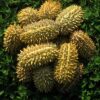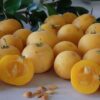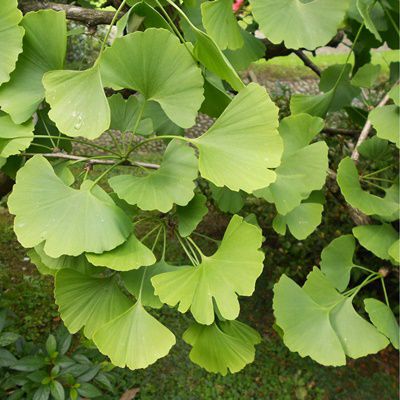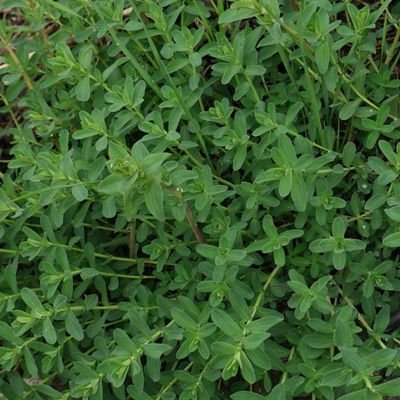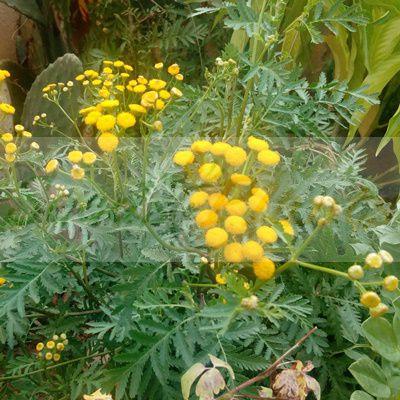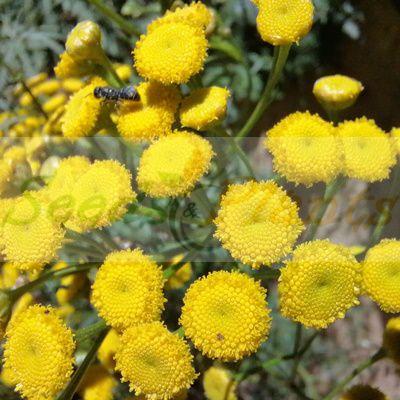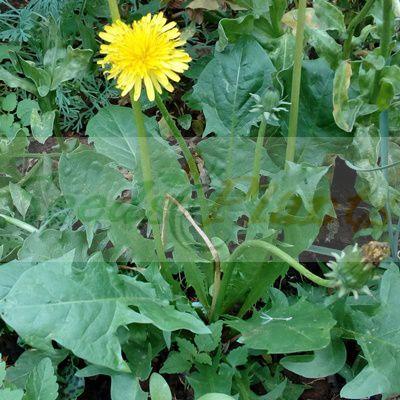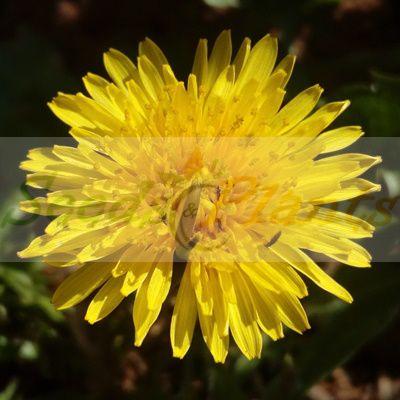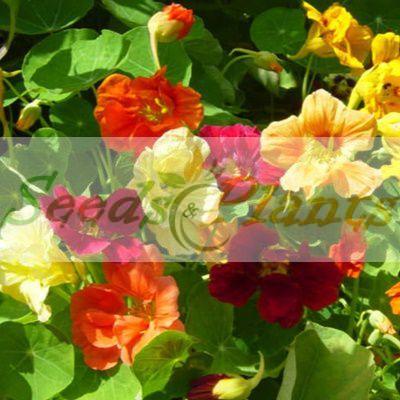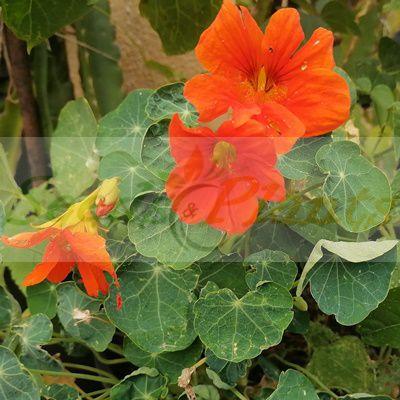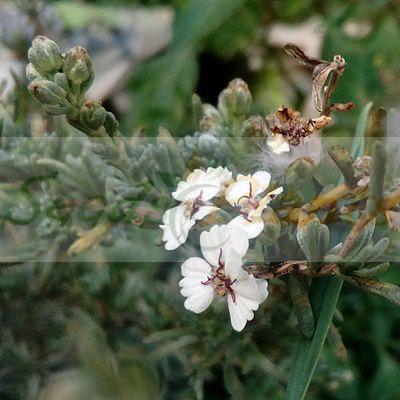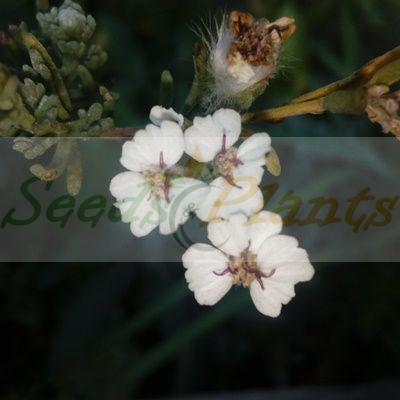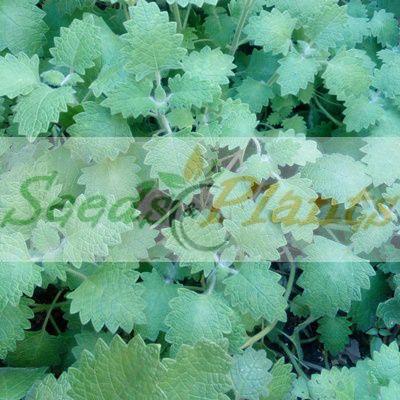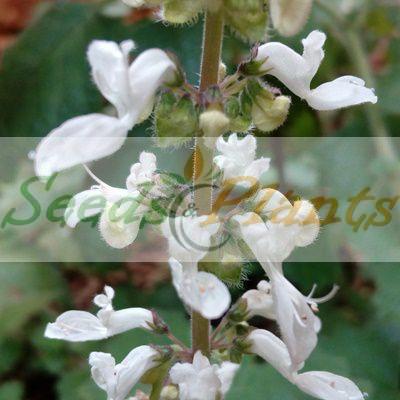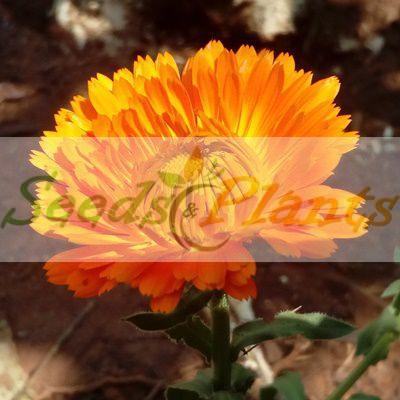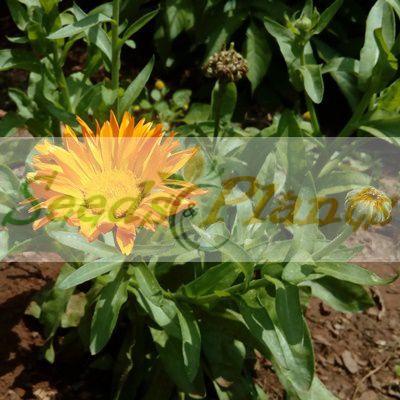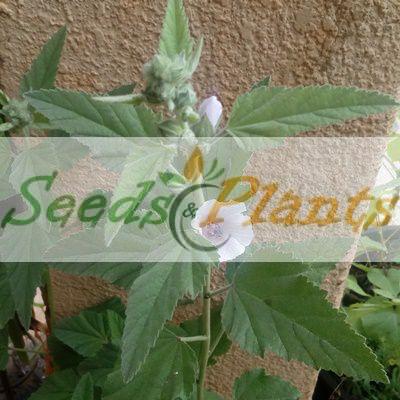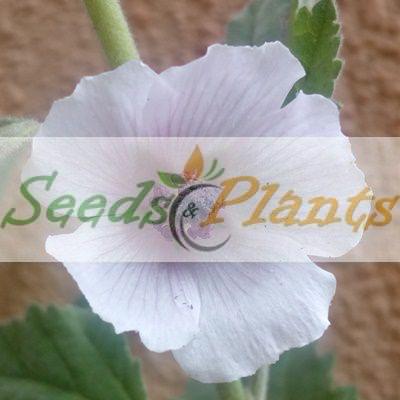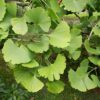🌿 Herbal Quick Facts
Medicinal Info
- 🌍 Origin / Region: Asia
- 🌿 Medicinal Part: Leaf, Seed
- 🍵 Herbal Preparation: Extract / Tincture, Juice, Powder
- ⚕️ Healing System: Chinese Traditional Medicine
Growth Traits
- 🔁 Fruiting Needs: Needs Male & Female Plants
- 🪴 Growth Habit: Spreading, Upright
- 🌿 Foliage Type: Deciduous
Growing Requirements
- 🌞 Sun Exposure: Full Sun, Partial Shade
- 💧 Water Needs: Avoid Overwatering, Moderate Water, Water Deeply
- ☀️ Growing Conditions: Drought Tolerant, Frost Tolerant
- 🟤 Soil Preference: Chalky, Clay, Loam, Sandy, Well-Drained
Gingko Biloba Tree – 2 Seeds
(Maidenhair Tree)
R50.00
Gingko leaf extract is commonly used as a dietary supplement.
Common Names: Ginkgo or Gingko and Maidenhair tree.
Indoor Sowing: Cold Stratification and then transplant when big enough.
Direct Sowing: Autumn and Early Winter.
Only 3 left in stock
🌿 Herbal Quick Facts
Medicinal Info
- 🌍 Origin / Region: Asia
- 🌿 Medicinal Part: Leaf, Seed
- 🍵 Herbal Preparation: Extract / Tincture, Juice, Powder
- ⚕️ Healing System: Chinese Traditional Medicine
Growth Traits
- 🔁 Fruiting Needs: Needs Male & Female Plants
- 🪴 Growth Habit: Spreading, Upright
- 🌿 Foliage Type: Deciduous
Growing Requirements
- 🌞 Sun Exposure: Full Sun, Partial Shade
- 💧 Water Needs: Avoid Overwatering, Moderate Water, Water Deeply
- ☀️ Growing Conditions: Drought Tolerant, Frost Tolerant
- 🟤 Soil Preference: Chalky, Clay, Loam, Sandy, Well-Drained
Ginkgo biloba, commonly known as ginkgo or gingko, also known as the maidenhair tree, is a species of tree native to China. Gingko leaf extract is commonly used as a dietary supplement. Ginkgos are dioecious, meaning there are separate male and female trees. Male trees produce pollen cones, while female trees bear ovules. Neither is showy like a typical flowering plant, but the process of producing reproductive structures is a form of flowering.
After pollination, the ovules on female trees develop into seeds enclosed in a fleshy, fruit-like structure. This structure is commonly called a ginkgo fruit. The fleshy outer part of the ginkgo fruit is not edible and has a highly offensive smell and can cause an allergic skin reaction. The fleshy outer fruit should not be eaten. However, the seed (often referred to as the ginkgo nut) found inside the fruit is edible after it is properly cooked, and is considered a delicacy in many Asian cuisines, but must be consumed in moderation. Excessive consumption, especially of raw nuts, can be toxic.
It tolerates most soil types and shows good resistance to pollution and pest attack.
Gingko Biloba Uses
Ginkgo biloba is an herb used to treat altitude sickness (prevention), cerebral vascular insufficiency, cognitive disorders, dementia, dizziness/vertigo, intermittent claudication, macular degeneration/glaucoma, memory loss, premenstrual syndrome, SSRI-induced sexual dysfunction, and as a vasodilator.
Growing Gingko Biloba
Indoor Sowing: Cold Stratification and then transplant seedlings when big enough.
Direct Sowing: Autumn and Early Winter.
- Put moistened horticultural sand, a sand and perlite mixture, peat moss or vermiculite in a container or a ziplock bag.
- Scarify the seed coat.
- Add the seeds to the soil and place the seeds in the refrigerator for 3 months.
- After the 3 month stratification period, plant the seeds shallowly in individual pots. Cover the pots with a clear plastic bag.
- Place the pots in a warm location.
- Keep the medium moderately moist.
- Please Note: It is extremely difficult to get the seeds to germinate, as germination is very erratic and it can take several months before the seeds germinate.
- Remove the bags once you see sprouts.
- Can be grown in Containers.
Does this plant have medicinal uses?
Traditionally, Gingko Biloba Tree has a history of use in Chinese Traditional Medicine. Seeds are sold for cultivation purposes only.
Disclaimer
Medicinal Information:
All medicinal information on this website is for educational and informational purposes only and may not be construed as medical advice. The information is not intended to replace medical advice or treatment offered by healthcare professionals.
Seeds, Plants, Plant Cuttings, Geophytes and Dried Herbs:
In some countries and provinces, certain plants are deemed as invasive and are not allowed to be planted at all, whilst some plants are allowed to be grown only in certain areas or provinces. The onus is on you as the buyer to familiarize yourself with the regulations pertaining to your location, before purchasing any of our seeds, plants, plant cuttings, geophytes or dried herbs. We will not be held liable, should you purchase any seeds, plants, plant cuttings, geophytes or dried herbs. from us which are prohibited in your country or province.

